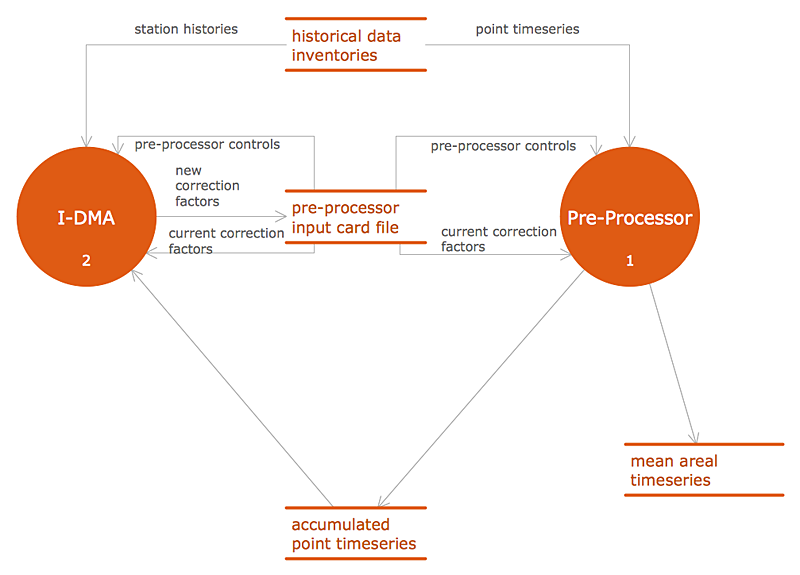HelpDesk
Accounting Information Systems Flowchart Symbols
Accounting Information system is a combination of software and hardware, as well as organizational support. Information system - it is not only the software and computers with network equipment, but also a list of instructions and standards which can be notated using Accounting information systems flowchart symbols. All information systems can be divided into information retrieval and data processing systems. Data Flow model is a hierarchical model. Each process can be divided into structural components, that depict by corresponding flowchart symbols, showing the accounting information system in communication with the external environment. The major components of accounting information systems flowchart are: entities, processes, data stores, and data flows. The set of standard accounting information flowchart symbols is intended to show the relationships between the system components. ConceptDraw PRO can help to draw clear accounting information system diagrams using special flowchart symbols.- 7 Flowchart Symbols And Their Uses
- Draw 7 Flowchart Symbols And Their Function
- Draw 7 Flow Chart Symbol And Their Uses
- Basic Flowchart Symbols and Meaning | Accounting Information ...
- Draw 7 Flowchart Symbols And Their Uses
- 7 Symbols In Flowchart And Its Uses
- 7 Standard Symbols In Flowchart
- Give Some 7 Flow Chart Symbol
- Algorithms And Flowcharts To Solve Functions
- Accounting Flowcharts | Accounting Flowcharts | Process Flowchart ...
- Types of Flowcharts | Types of Flowchart - Overview | Basic ...
- 7 Flowcharts Symb0ls And Their Function
- 7 Basic Flowchart Symbols
- Basic Flowchart Symbols and Meaning | Process Flowchart | Cross ...
- Basic Flowchart Symbols and Meaning | Process Flowchart | Types ...
- Basic Flowchart Examples | Process Flowchart | Flowchart Symbols ...
- Basic Flowchart Symbols and Meaning | Audit Flowchart Symbols ...
- Sales Process Flowchart . Flowchart Examples | Accounting ...
- How to Create Flowcharts for an Accounting Information System ...
- Process Flowchart | Types of Flowchart - Overview | Contoh ...
